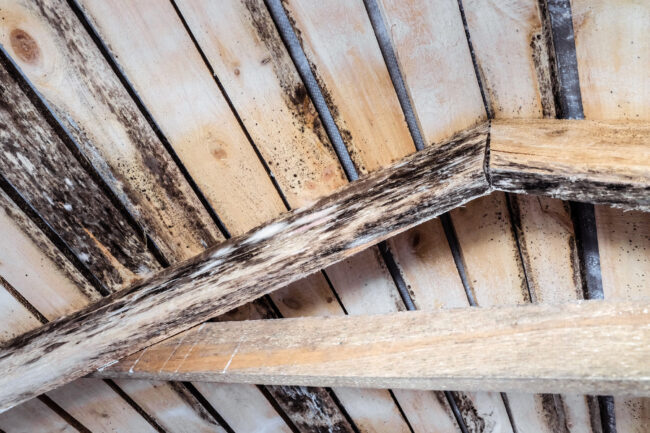If you’re interested in adding a steam shower to your bathroom, you’ll find that there are many factors to consider. A steam shower requires plenty of space, a comfortable seat, and electrical connections. However, there are a few tips you can follow to ensure that you’re getting the best steam shower for your home.
Contents
Space
Before you install a steam shower, make sure to consider your bathroom’s space requirements. A steam shower needs a shower area that’s at least 60 square feet. It’s also important to consider the type of steam you want and your personal preferences. If you’re unsure of your bathroom’s dimensions, consult a professional plumber and electrician to determine if you have space to install a steam shower.
You can purchase prefabricated units if you want a steam shower that’s easy to maintain. A floor, two or three walls, and a ceiling are usually included when building a steam shower. These units fit in nooks or corners, and the prefab units usually include a steam unit and shower door. Prefabricated steam showers can be costly, however.
Comfortable seating
When installing a steam shower, it’s important to consider comfort. When using the steam, you’ll spend more time sitting down than in a standard shower, so make sure the bench seating is comfortable and slopes slightly away from the drain. A portable seat or bench is also available if your shower is small. For extra comfort, look for a seat with non-skid rubber feet.
Shower seats are an increasingly popular feature of modern showers. They can make it much easier to perform grooming tasks and are ideal for those with mobility problems. Seat heights should be between 17 and 19 inches to allow for a comfortable sitting position.
Power consumption
Power consumption is an important consideration when installing a steam shower. The type of steam generator you choose will determine the amount of electricity you use, and you should make sure to purchase one that is UL compliant. You should also ensure that your steam generator has enough room to provide adequate steam for your shower. While steam showers don’t use a large amount of water, they do use electricity, and if you’re using your steam shower frequently, you may find that your electric bill goes up.
Power consumption when installing a commercial sauna heater varies, and the cost depends on the steam generator’s size and the energy price in your area. On average, steam showers use about 13 cents per kilowatt hour. For a 6.5 kW generator, you’ll pay approximately 42 cents per shower. Even if you use steam only occasionally, steam showers are very low maintenance. However, if you have hard water, you may need to descale your steam generator to keep it running efficiently.
Electrical connections
Before installing a steam shower, you must ensure the proper electrical connections. Most domestic properties use a single-phase supply of 80 to 100 amps. This is enough to power all electrical items in the house. In some cases, a three-phase supply is available. In these instances, you should consult a qualified electrician before installing a steam shower. Remember that most people won’t be using all their electrical items at once, so you don’t want to overload your home’s electricity supply.
If you don’t have any experience with plumbing, it is best to consult a plumber before installing a steam shower. The plumber should know how to connect pipes and other components properly. The steam shower installer should also be familiar with the plumbing requirements in the area. This includes ensuring that the water shutoff valve is installed properly and securing the electrical panel circuit. The installer should also install a water pressure regulator. Although the steam generator manufacturer doesn’t specify how to install the water pressure regulator, it’s best to use unions on pipe connections and protect the water inlet solenoid valve.
Double-paned windows
Finding a steam shower that will fit in with your existing bathroom is possible. However, there are some things that you should keep in mind before installing one. For starters, you need to consider the cost of the shower door enclosure. The more glass you need, the higher the cost.
Another important consideration is the quality of windows. Double-paned windows help retain the hot, moist air generated by the steam shower. As a result, they also reduce heat transfer. In addition, double-paned windows should have plenty of room for air circulation.
Non-porous materials
A steam shower can give your bathroom renovation an opulent spa feel. You can buy steam showers from several brands. Installing a steam shower requires an enclosed shower with a water-tight door and floor drain. It is also important to choose materials that are not porous.
For steam showers, ceramic or porcelain tiles are the best materials. Natural stone tends to absorb moisture, while ceramic and porcelain repel steam and water, making them more economical to maintain. In addition, the best silicone/caulk for a steam shower must be waterproof and withstand temperatures up to 110°F or 45C. Several brands of silicone and caulk are specifically designed for steam showers.
Angled ceilings
When installing a steam shower, it’s essential to consider the ceiling’s angle, the framing, and existing penetrations. Including a transom in the shower area is also essential, as some steam showers may be open and require a transom.
Angled ceilings can be great for steam showers because they prevent excess water from dripping onto the floor below. Also, if the shower space is large enough, it can significantly affect the height of the ceiling. For example, large steam showers may peak the slope in the center and be placed above the bench to avoid dripping.





